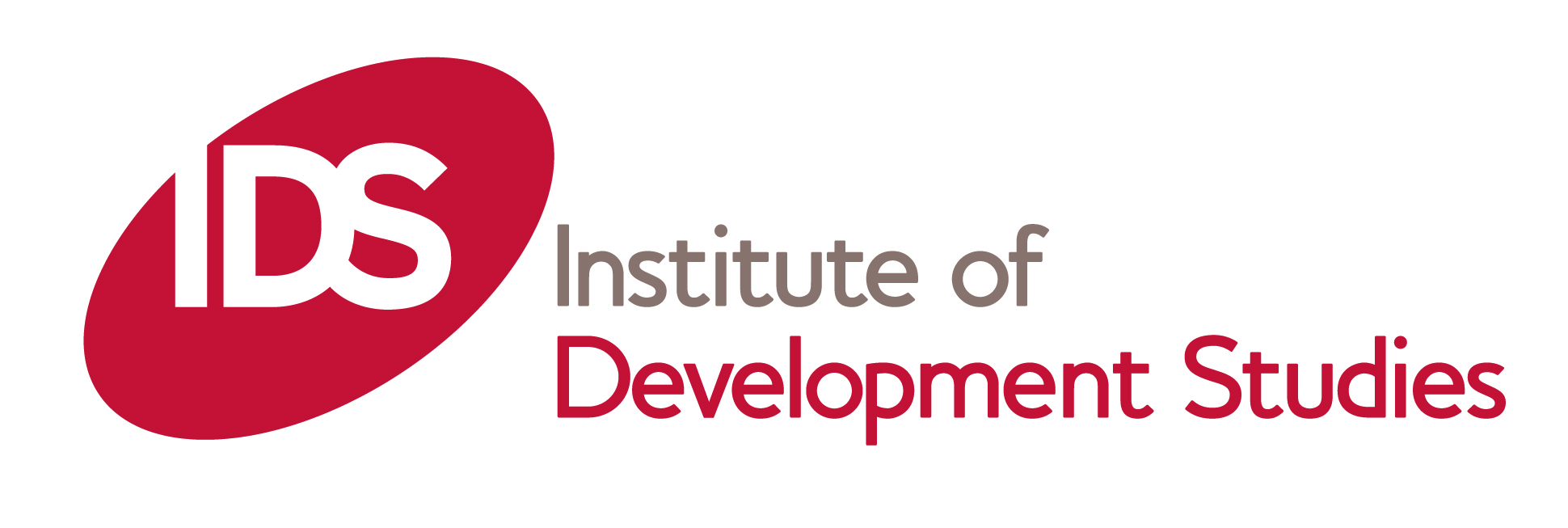Location
Eldis is an online information service providing free access to relevant, up-to-date and diverse research on international development issues. The database includes over 40,000 summaries and provides free links to full-text research and policy documents from over 8,000 publishers. Each document is selected by members of our editorial team.
To help you get the information you need we organise documents into collections according to key development themes and the country or regionthey relate to. You can browse these on the website or find out about our subscribe options to get updates in a format that suits you.
Who produces ELDIS?
Eldis is hosted by IDS but our service profiles work by a growing global network of research organisations and knowledge brokers including 3ie, IGIDR in India, Soul Beat Africa, and the Philippines Institute for Development Studies.
These partners help to ensure that Eldis can present a truly global picture of development research. We make a special effort to cover high quality research from smaller research producers, especially those from developing countries, alongside that of the larger, northern based, research organisations.
Who uses ELDIS?
Our website is predominantly used by development practitioners, decision makers and researchers. Over half a million users visit the site every year and more than 50% of our regular visitors are based in developing countries.
But Eldis is not just a website. All of our content is Open Licensed so that it can be re-used by anyone that needs it. Website managers, applications developers and Open Data enthusiasts can all re-use Eldis content to enhance their own services or develop new tools. See our Get the Data page for more information.
Members:
Resources
Displaying 1086 - 1090 of 1156Conservation, reclamation and grazing in the northern Negev: Contradictory or complementary concepts?
Paper explores the relationships between the following concepts under the conditions of Middle Eastern semi-arid ecosystems. Paper states that there are two apparent contradictions in the title of this paper. First, grazing by domestic livestock is often considered to be hostile to nature conservation, especially in semi-arid areas (the ongoing conflict between ranchers and environmentalists in western USA is just one contemporary example of this).
Roads, lands, markets, and deforestation: a spatial model of land use in Belize
Will intensifying the road network around market areas produce greater economic returns and less environmental damage than extending the road network into new areas?Rural roads promote economic development but also facilitate deforestation. To explore the trade-offs between development and environmental damage posed by road building, Chomitz and Gray develop and estimate a spatially explicit model of land use.
Cities without land markets : location and land use in the socialist city
How do the spatial dynamics of the socialist city compare with those of the market city? What happens to a city when all investment decisions are made without land markets? What are the outcomes when the forces described by familiar urban models are not allowed to work?Bertaud and Renaud describe the structure of Russian cities after 70 years of Soviet development.
Testing the induced innovation hypothesis in South African agriculture : an error correction approach
Apparently factor prices do matter in agricultural production and in the selection of production technology. And in South Africa, more attention should be focused on the technological needs of small scale farmers.
Are stable agreements for sharing international river waters now possible?
Proposed here is a new scheme for allocating international river water that accounts for the stochastic nature of water supply and the dynamic nature of its demand. The suggested scheme is expected to improve the efficiency of river basins' water allocation and the riparians' welfare.International river and lake basins constitute about 47 percent of the world's continental land area, a proportion that increases to about 60 percent in Africa, Asia, and South America.



